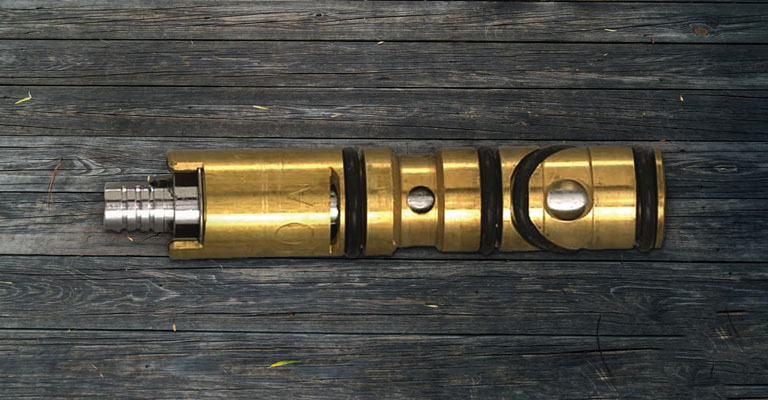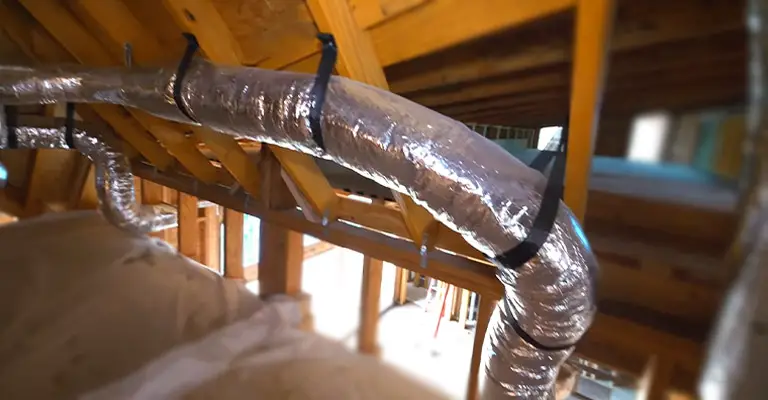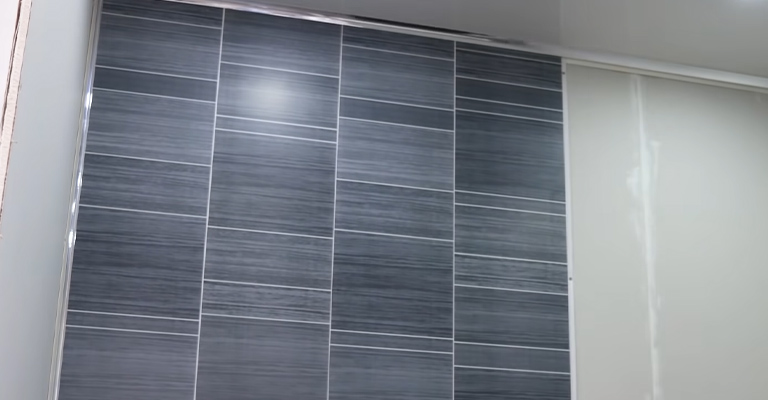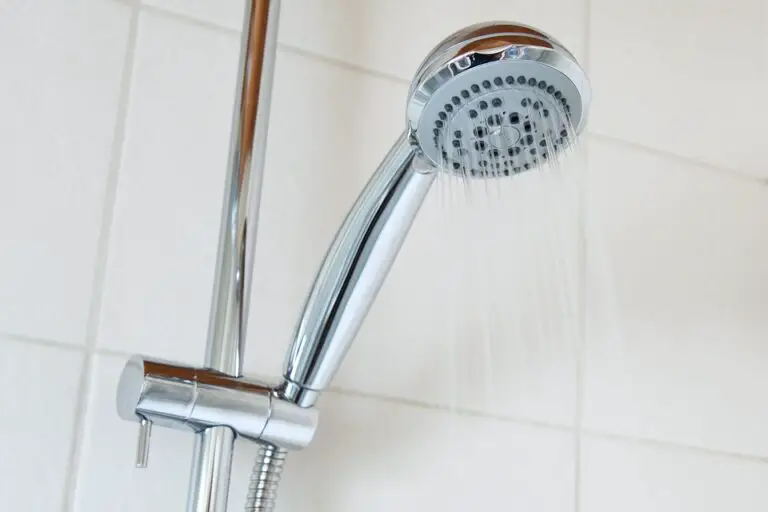Cheaper Alternatives to Self-Leveling Compound
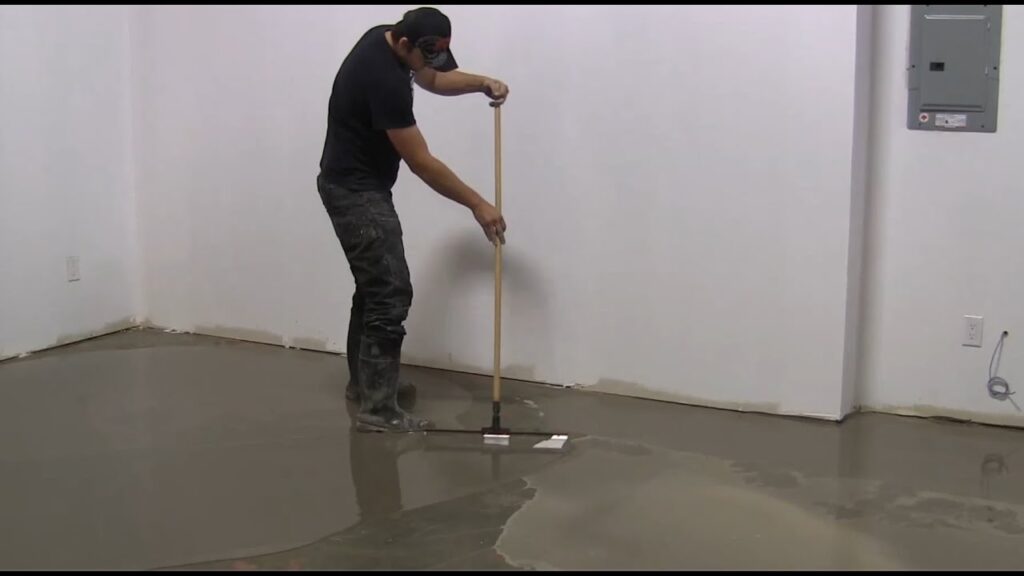
In the world of construction and home renovation, ensuring a level floor is paramount for both aesthetics and functionality. Traditionally, self-leveling compounds have been the go-to solution for correcting uneven floors. These compounds provide a smooth and even surface, acting as a new canvas for floor installations.
However, their cost can sometimes be prohibitive, especially for larger projects. As a result, many homeowners and contractors are searching for cheaper alternatives to self-leveling compound. Let’s delve into some of these cost-effective alternatives and understand their benefits.
1. Plywood or OSB Subfloors
One of the simplest and most cost-effective alternatives to self-leveling compounds is to use a plywood or oriented strand board (OSB) subfloor. Plywood or OSB sheets can be placed directly over an uneven floor, offering a new, level surface. Here’s why they’re a popular choice:
Affordability
Plywood or OSB tends to be significantly less expensive than self-leveling compounds, especially when covering large areas.
Ease of Installation
No need to wait for drying or curing times. Once the sheets are screwed down, you can proceed with your flooring installation.
2. Floor Leveling Strips
Floor leveling strips, often made of plastic or rubber, are designed to help correct minor imperfections in the floor. These strips can be strategically placed in areas where leveling is needed, making them a targeted and cost-effective solution.
Spot Treatment
Unlike self-leveling compounds, which may need to be spread across the entire floor, leveling strips can be used only where necessary.
Reusability
In some cases, these strips can be reused, further reducing costs.
3. Grinding or Sanding High Spots
Instead of adding material to level a floor, another approach is to remove material from the high spots. Using floor grinders or sanders, you can gradually wear down protruding areas until they are level with the rest of the floor.
Immediate Results
Once the high spot is removed, you’re left with a level surface.
Reduced Material Costs
By grinding or sanding, you’re not introducing any new materials to the floor, which can save on costs.
4. Filler Compounds
Filler compounds, while similar to self-leveling compounds, tend to be thicker and are used more for filling holes or deep gaps rather than providing a smooth, level surface across a room. They can be mixed on-site and used as needed, making them a versatile choice.
Tailored Consistency
The thickness of the mixture can be adjusted based on the specific needs of your floor.
Local Repairs
Perfect for addressing specific problem areas without treating the entire floor.
5. Screeding
Screeding involves using a long, flat tool to spread a material (like sand or a cement-sand mixture) over the floor, helping to level out any imperfections. The screed is then “pulled” across the surface to flatten and level the material.
Traditional Method
Screeding has been used for centuries and is a tried-and-true method.
Flexibility
Various materials can be used for screeding, depending on the project’s requirements and budget.
Additional Factors to Consider
Before deciding on an alternative to self-leveling compounds, it’s essential to weigh the pros and cons based on specific needs and desired outcomes. Here are some additional factors to consider:
Project Size and Scope
For smaller projects or spot treatments, using filler compounds or floor leveling strips might be more economical. In contrast, for larger areas, laying down a plywood or OSB subfloor could provide a more comprehensive solution without the costs associated with extensive self-leveling compound use.
Skill Level
While some methods might seem cheaper initially, it’s essential to factor in the skill level required. Screeding, for example, might be an age-old technique, but it demands a fair amount of expertise to get right. If you’re a DIY enthusiast without much experience, you might be better off choosing a method that’s more forgiving or considering hiring a professional, which, in turn, could affect your overall budget.
Drying and Curing Times
One of the benefits of self-leveling compound is its relatively quick drying time. Some alternatives might require more extended periods before the floor can be used or before the final flooring can be laid. Always factor in potential downtimes when considering alternatives.
End Flooring Material
The type of flooring you intend to install over the leveled surface can also influence your choice. For instance, if you’re looking to lay tiles, a perfectly smooth and level surface is crucial. On the other hand, carpeting might be more forgiving to minor imperfections.
Longevity and Durability
While saving money upfront is always enticing, it’s essential to think long-term. Some alternatives might be cheaper initially but could require more maintenance or repairs down the line. Always consider the durability and expected lifespan of the chosen method in relation to its cost.
Final Thoughts
The journey to a level concrete floor is paved with myriad options. While professional self-leveling compounds are hailed for their ability to create a seamlessly smooth surface, they aren’t the only pathway to achieving a flat surface. A mixture of Portland cement and sand, often referred to as a sand mix, stands out as a cheaper alternative to self-leveling products. Furthermore, drywall compound and gypsum-based compounds, which are primarily used for wall finishes, are now being explored as potential floor levelers, offering DIY enthusiasts innovative ways to level concrete floors cheaply.
Yet, as with all home improvement endeavors, the cheapest way to level a floor might not always be the most suitable for every scenario. When considering a floor-leveling material, it’s essential to weigh the benefits and potential drawbacks of each method. Sand and cement mixtures, for instance, offer durability but may require more hands-on work to achieve that coveted smooth surface.
In conclusion, leveling concrete floors doesn’t always require deep pockets. While professional self-leveling compounds remain a popular choice, the world of construction offers a plethora of alternatives. From the traditional sand mix to the unconventional use of drywall compounds, homeowners now have multiple avenues to achieve a level concrete floor without breaking the bank.


